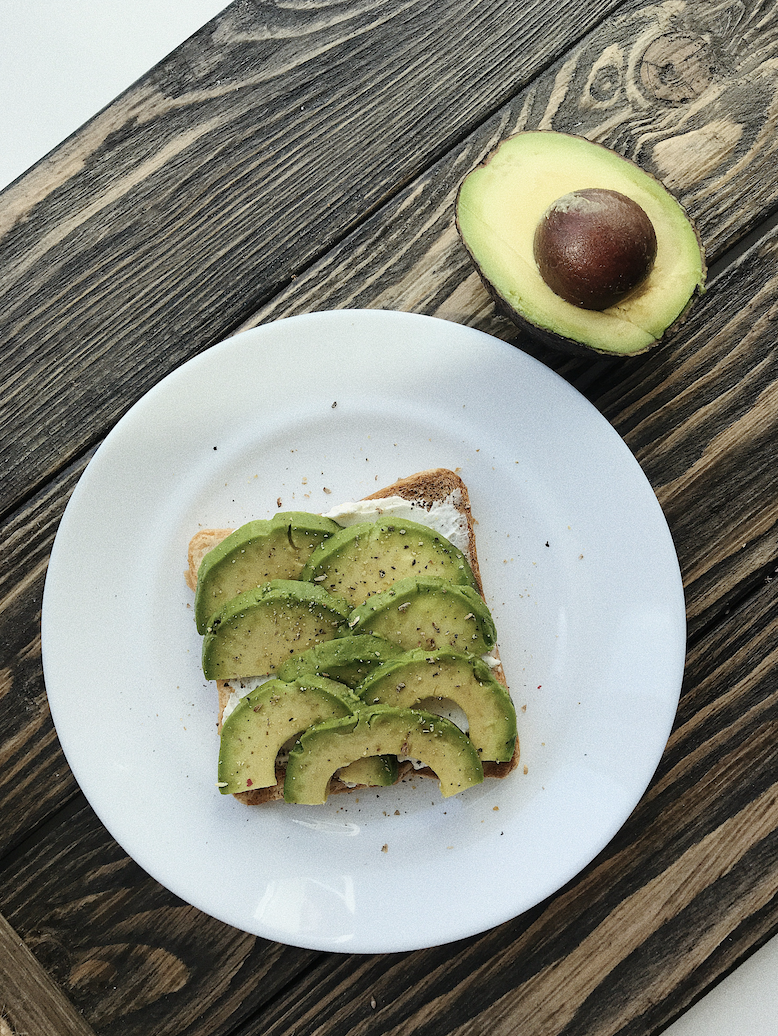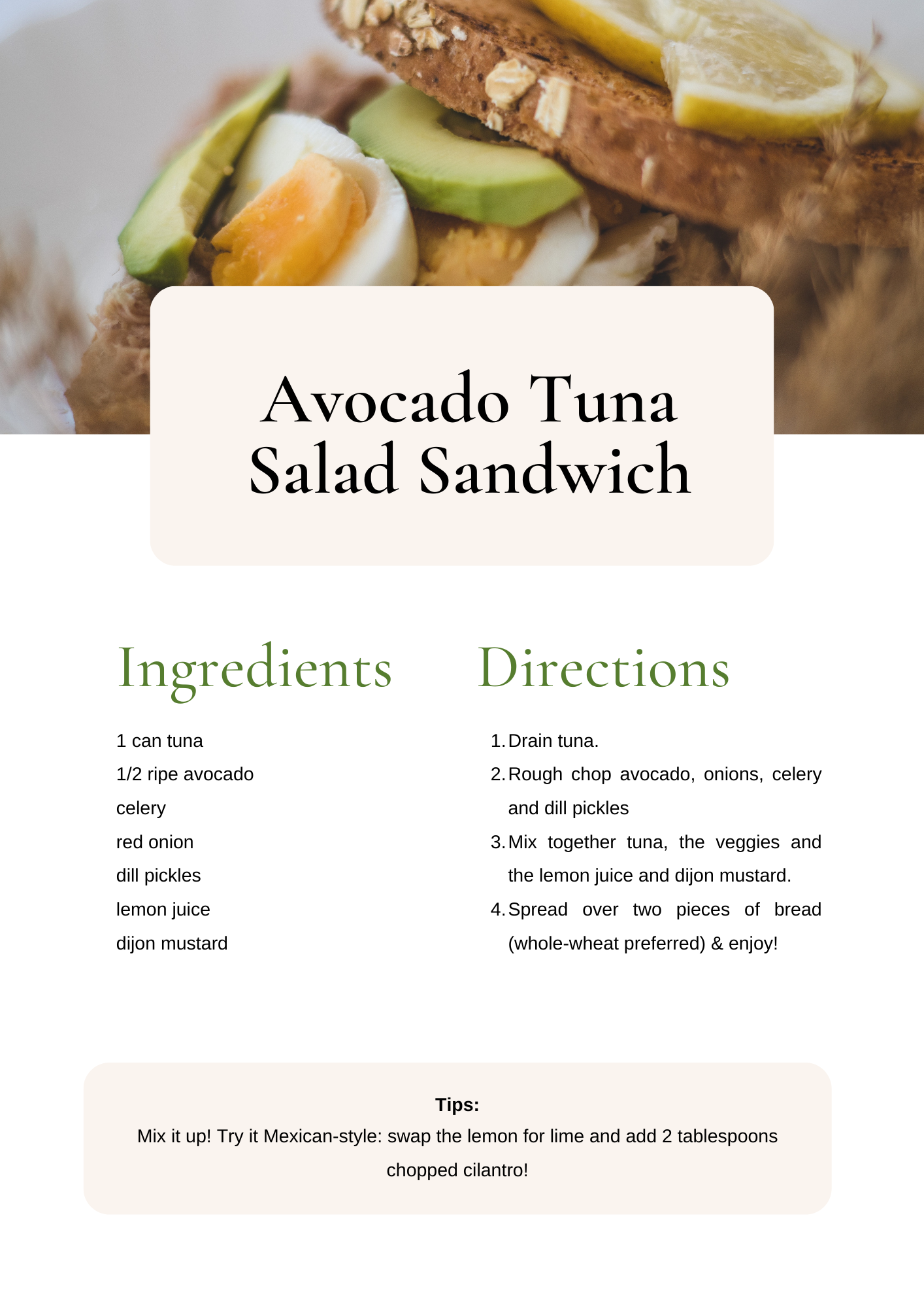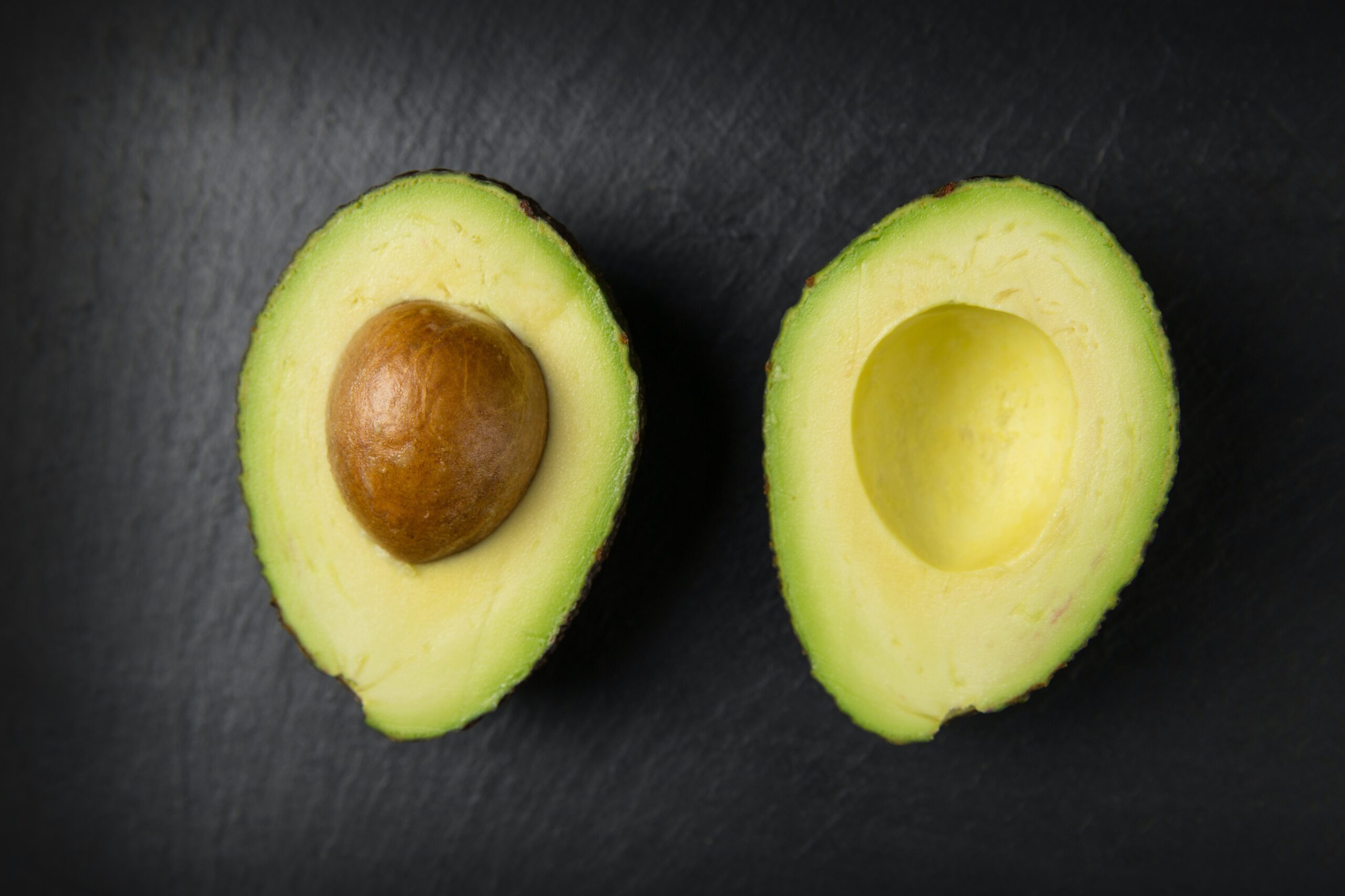
Green and creamy, avocadoes have taken the culinary world by storm. From Instagram feeds to café menus, avocadoes are everywhere. But what’s the story behind this superfood’s popularity? Well, avo-ficionados, we’re here to delve into the secrets of our beloved avocado, including what they are, what nutritionists really think about them, their health benefits, and the fabulous ways to enjoy them. If you’ve been ordering an avo-something frequently in your favorite café, you’d love to hear that avocadoes are actually very good for you! Let’s dig in.
What are avocadoes?
Avocadoes have a long history and have been cultivated for thousands of years. Scientifically known as Persea Americana, the first avocado trees were sighted in Colombia and Southern Mexico.
By the 16th century, avocadoes started to transcend borders when the Aztecs and Incas shared the avocado with Spanish conquistadores, who then named them aguacate.
Because of its green scale-like skin and pear shape, they were nicknamed “alligator pears” by English colonists. Today, it’s mostly known as “avocadoes,” an alliteration from its former name, aguacate.
Is an avocado a fruit or a vegetable?
Avocadoes are not only fruits—they are berries! Because it contains one large seed, contains a fleshy pulp, and grows on a tree, it is considered, botanically at least, to be a berry.
However, in a culinary sense, you can treat avocado as either a fruit or vegetable depending on your need. For example, if you’re making a smoothie with avocado as your main fruit. Or perhaps, you’re making a soup, salad, or guacamole. That’s how versatile this buttery and slightly nutty fruit (or vegetable) is, making it a must-have for your kitchen arsenal.

What’s in an avocado?
Avocado is a nutrient-dense fruit, meaning you digest a variety of nutrients, vitamins, and antioxidants just by eating it alone.
According to Healthline, a 7-ounce avocado contains:
- Calories: 322
- Fat:30 grams
- Protein:4 grams
- Carbs:17 grams
- Fiber:14 grams
- Vitamin C:22% of the daily value (DV)
- Vitamin E:28% of the DV
- Vitamin K:35% of the DV
- Riboflavin (B2):20% of the DV
- Niacin (B3):22% of the DV
- Pantothenic acid (B5):56% of the DV
- Pyridoxine (B6):30% of the DV
- Folate:41% of the DV
- Magnesium:14% of the DV
- Potassium:21% of the DV
- Copper:42% of the DV
- Manganese:12% of the DV
From this list alone, you can already see why avocadoes have a lot of fans. Because it’s high in monounsaturated fats, avocadoes are clearly heart-healthy. A rich source of Vitamin E, as well as carotenes lutein and zeanthanin, avocadoes have eye health benefits. And because it’s high in fat, and low in calories, avocadoes are a go-to diet food for people watching out for their waistlines.
But wait, there’s more. Here are the amazing facts about avocadoes that truly stand out. Let’s discuss each in detail.
Avocadoes have more potassium than bananas
When we get sick, bananas are our go-to for replenishing electrolytes in the body. But did you know that you can also eat avocadoes, which is actually richer in potassium than bananas?
Besides restoring fluid equilibrium in our bodies, potassium also promotes healthy heart contraction, and reduces high blood pressure – this, according to Cleveland Clinic, makes potassium the healthiest component of avocadoes.
But that’s just the tip of the iceberg. Additionally, avocadoes contain vitamin C, vitamin K, B vitamins, vitamin A, and vitamin E.
Avocadoes can help boost weight loss
Avocadoes are similar to eggs, in a way that it makes you feel full for longer. This is due to its dietary fiber content that creates a feeling of satiety. For every 100 g of avocado, you get about 7 g of fiber. Hence, health buffs incorporate avocadoes to their daily diet. For example, spreading avocadoes on a piece of sourdough, instead of butter. It’s also a good idea to add various veggie toppings (see recipe below) so you can consume as much nutrients in one meal.
Avocadoes have beauty benefits
Avocado eye creams, body butters and lotions, mask sheets and sunscreens. Avocado is popular among beauty buffs, and for a good reason. The natural oil in avocadoes can deeply penetrate the skin to nourish and hydrate, among others.
Says Maureen Eyerman, registered dietitian and diabetes educator, in an interview with ELLE: “the hydrating properties may reduce fine lines and wrinkles, help keep skin smooth and boost skin’s immunity against stress and other environmental factors.
In addition, avocadoes are a great source for biotin that promote healthy hair and nails.

Downsides and side effects
As with all foods, portion control is important. You can’t have too much of a good thing, after all. Avocadoes, keep in mind, has a high fat content. One medium-sized avocado contains 200 to 300 calories. Eating too much can lead to weight gain.
Another note is for the ones who use blood thinners. Avocadoes contain vitamin K, which can affect how blood thinners work.
Hopefully, you’re not allergic to avocadoes. But there are people who develop allergies triggered by the cross-reaction to birch pollen. In case of allergic reaction, stop consumption and refer to your general practitioner for guidance.
What are the best ways to eat avocado?
Besides scoring high in nutritional benefits, avocadoes also flourish in versatility and culinary appeal. Here are some easy, yet healthy recipes that you can try and prepare right at home.
Make your sandwiches shine with avocadoes
Elevate your typical sandwiches using avocadoes. How about adding some avocado slices to your tuna sandwich or grilled cheese sandwich? What’s more, the ingredients you’ll need are regular pantry staples. Here’s a recipe for an easy avocado tuna salad sandwich

Create an easy vegetarian burrito bowl
As they say, eat the rainbow – the wisest words you can ever have to develop healthy eating habits. This healthy vegetarian burrito bowl recipe is jampacked with vegetables, and punctuated by the vibrant green and creamy taste of avocadoes.
Here are the key ingredients: rice (preferably brown or multi-grain), cauliflower, bell peppers, onions, olive oil, beans (canned), taco seasoning, romaine lettuce, canned salsa, and some cilantro and lime to garnish.
Roast the cauliflowers and bell peppers first, followed by sauteeing them together with the onions, beans and olive oil.
Meanwhile, whip up an avocado sour cream sauce. You’ll need avocadoes, garlic, sour cream, lime juice and cilantro.
After that, you’re ready to layer everything in a bowl. Drizzle the avo-sour cream sauce last. Mix it up and enjoy!
Have a guacamole sauce at the ready
Foodies know this. Once they realize they have some extra avocadoes in their refrigerator, it only means one thing. Time to make some guacamole!
This easy vegetarian dip is perfect for serving with chips, tacos, tostones, chicken enchiladas, and more.
Simply mash and mix together these ingredients: avocadoes, lime juice, red onion, garlic cloves, fresh cilantro, salt and pepper. Optional: diced tomatoes and jalapeno peppers.
The bottom line
Healthy, delicious, nutrient-dense, what’s not to love? Avocadoes offer a wide array of health benefits, as well as provides an adventure for your culinary senses. Whether you love indulging in creamy guacamole, or enjoying the beauty perks of avocado oil slathered on your skin, avocadoes are a true gift from nature, enriching us and our well-being in more ways than one.
Tags



0 Comments
Trackbacks/Pingbacks